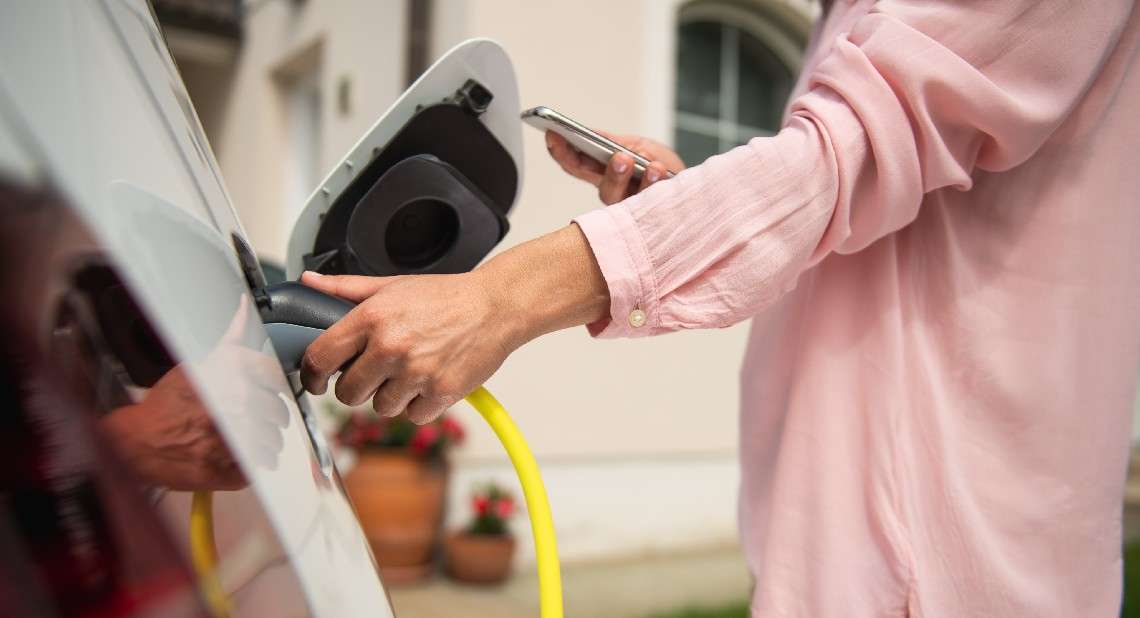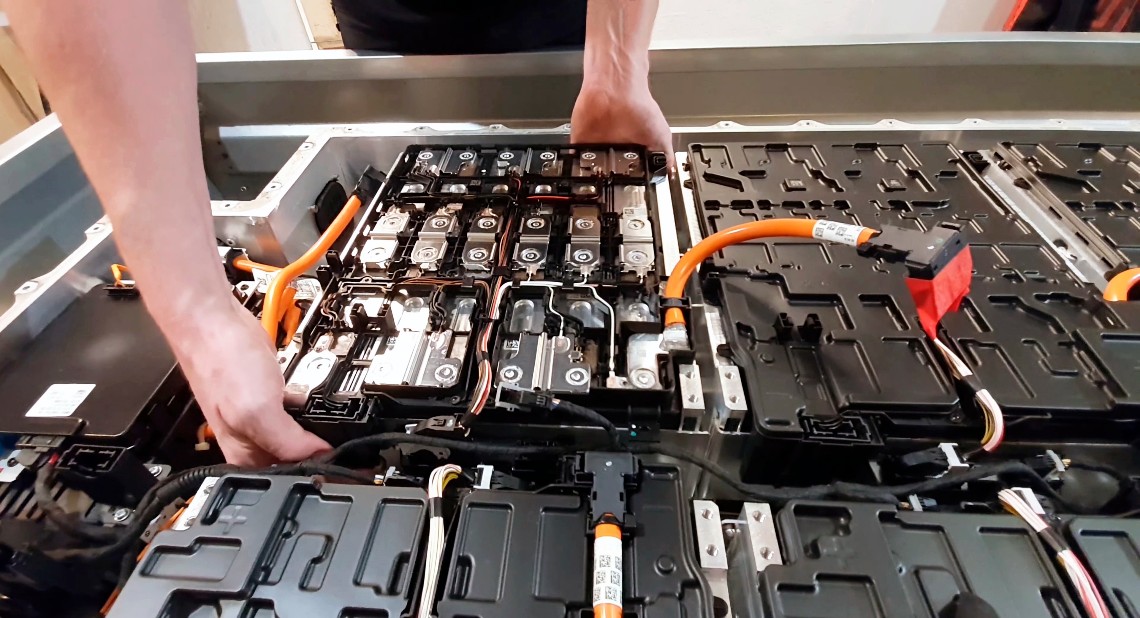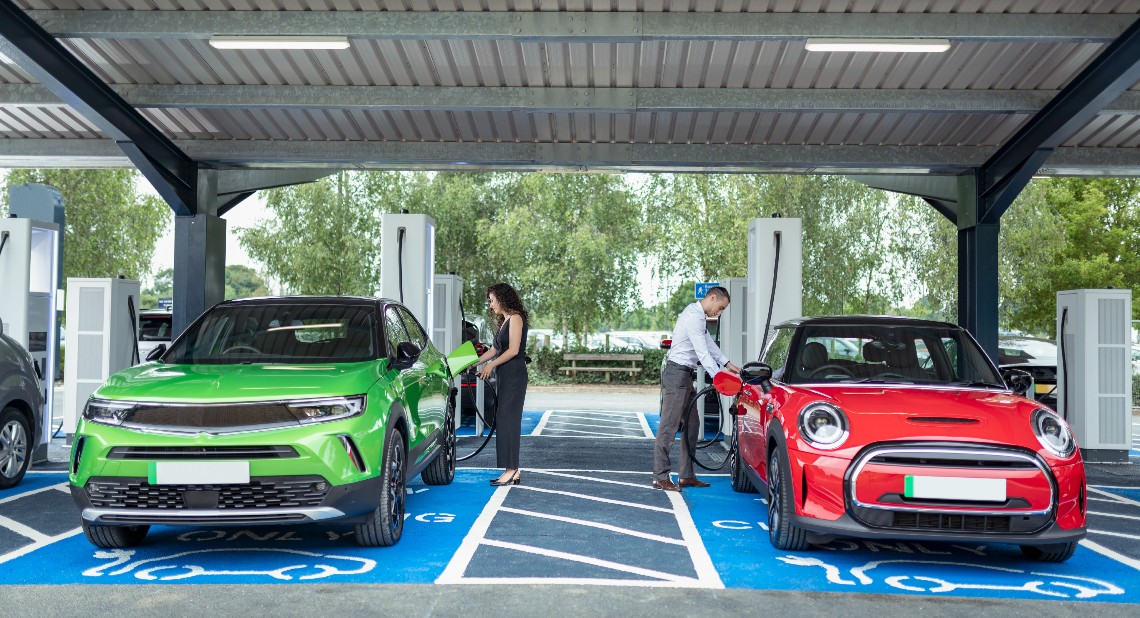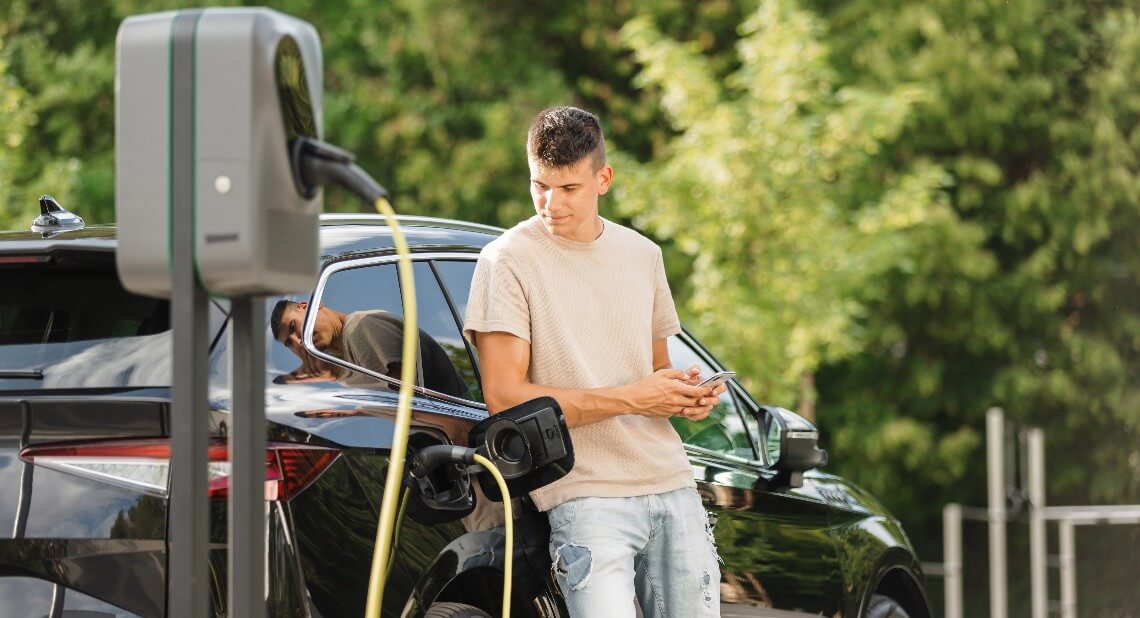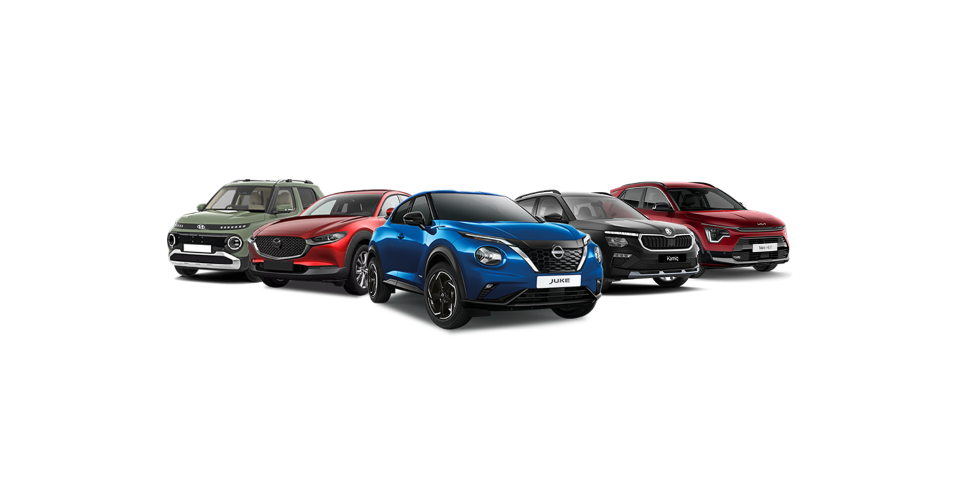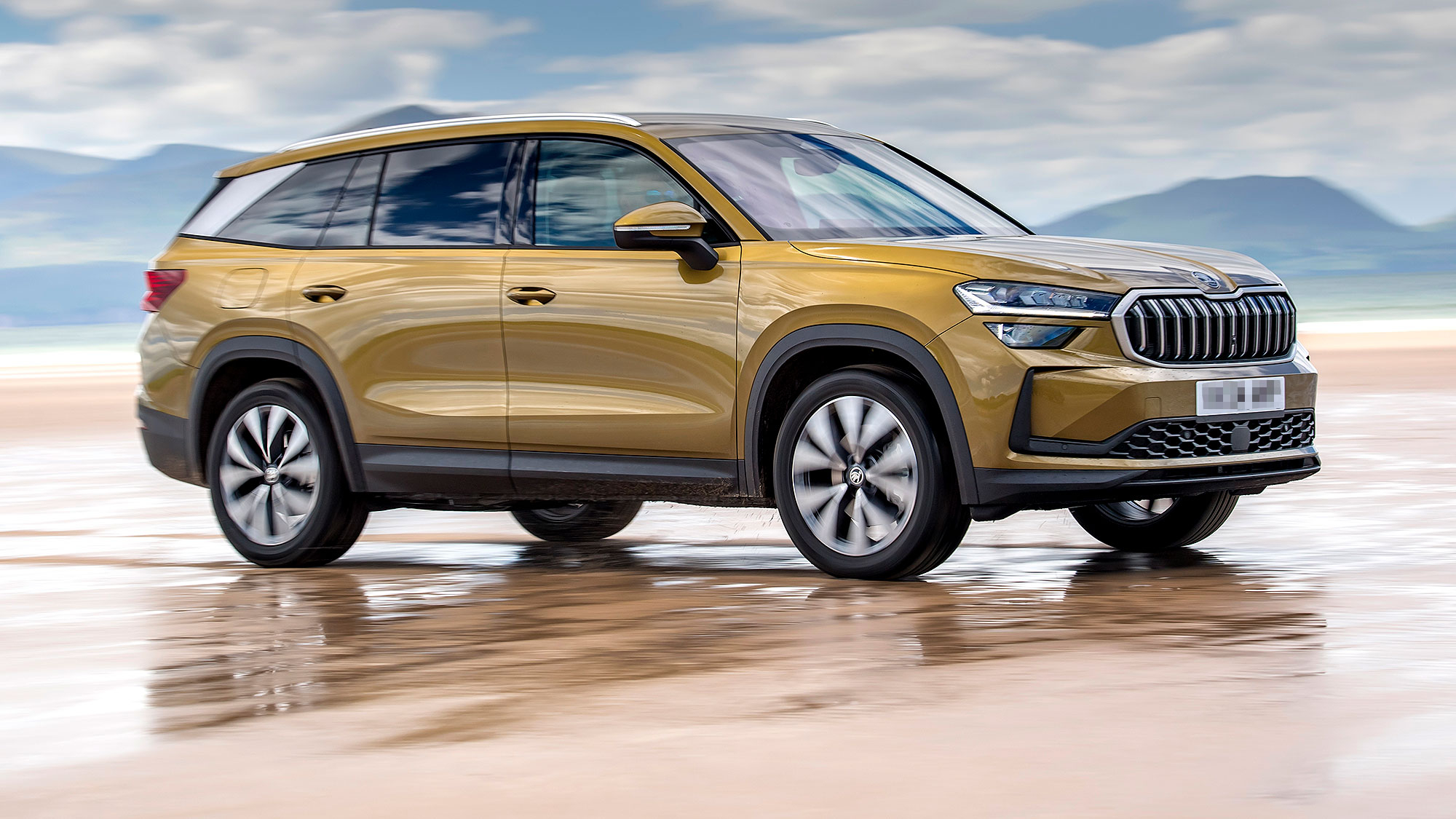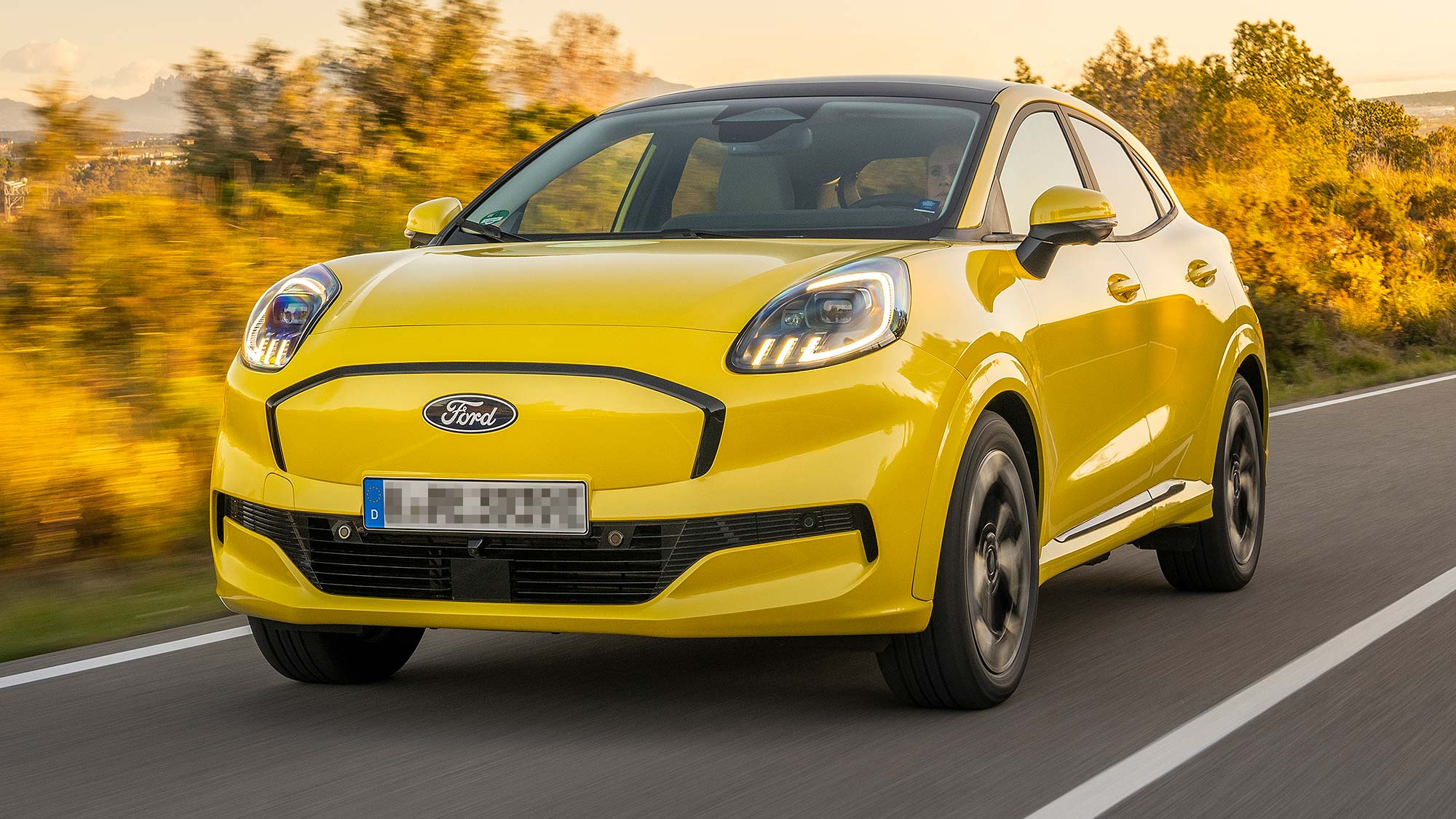Electric cars are taking the motoring industry by storm, with big advancements being made in electric vehicle (EV) batteries, charging point accessibility and driving ranges. If you’re considering an EV or already have one, take a look at this article for some tips on how best to maximise your car’s range and help it perform most efficiently.
Understanding how to take care of your electric car’s battery is key to maximising its performance and extending its range. Take these 6 simple factors into account and you’ll drive further on every charge.
1. Take a temperature check
For EV owners who can charge at home, one of your vehicle’s best features is temperature pre-conditioning. Anyone who’s ever sat shivering inside a cold car on a winter’s day — or sweltering in the middle of summer — knows the benefit of this. Pre-conditioning allows you to pre-heat or pre-cool the car’s interior before you begin your journey without even stepping outside the house.
A few taps on a connected smartphone app is all it takes to instruct your EV to get the cabin and battery to the correct temperature. The best thing is that electricity is taken from the mains rather than from the car, because your vehicle is plugged into your charging point. That means you’ll start every journey with a full battery and your EV at the right temperature.
This is particularly important in colder weather, where your battery may benefit from the helping hand. You can expect your car’s range to be ever so slightly lower when driving on a colder day – this shouldn’t make a difference during your day-to-day quick trips, but it may be something to keep in mind if you’re going on a longer drive. Battery technology is improving rapidly, but preconditioning is a quick and easy step to give you the best performance from your electric car.
2. Hold off on the heat
One of the things your battery is used for is heating the car, therefore it makes sense that using the heating system can impact your car’s overall range. To avoid this, be sure to pre-heat your electric vehicle wherever possible, as outlined above. If you do have to heat up the car’s interior during a journey, consider only heating the seats and steering heel (if your car offers that as an option)
On hot days, the air conditioning will also use some of your battery. Pre-cool wherever possible and opt to open a window over switching on the AC button — the additional aerodynamic drag will provide some efficient cooling without using any of your battery.
Want to learn more about electric vehicle charging?
Check out our video answering some of the most frequently asked questions about EV charging, including how to get a home charge point installed as a Motability Scheme customer:
EV charging: your questions answered
You can also take a look at some of the electric cars available on the Motability Scheme here.
3. Speed, Momentum, Regeneration
Regardless of how your car is powered, one thing you should always be aware of is how your driving style impacts your car’s efficiency. Driving at a high speed will use up more of your battery, which means that the quickest route is not always the most efficient route. Although it varies from model to model, the most efficient speed for an electric vehicle is usually less than 50mph.
Driving at a slower, safer speed also boosts your EV’s battery range by allowing you to conserve momentum. If you read the traffic ahead, you can avoid having to brake hard and then accelerate away — a style of driving that is neither energy-efficient nor safe.
Conserving momentum also allows you to make the most of your EV’s ‘regenerative braking’ to boost your battery. When you lift your foot off the accelerator and onto the brake, regenerative braking sees the motor direct energy back into the battery as it slows down gently — often shown as a green bar on your car’s dashboard. If you brake later, you’ll be relying on your EV’s conventional friction brakes, which cannot reuse the energy.
The benefits of driving in a more controlled manner are clear. An Energy Saving Trust scheme trained 67 EV drivers over three months to focus on their speed, momentum and regenerative braking. As a result, energy consumption was shown to have dropped by 16% and EV range increased by 20%.
4. Push all the right buttons
Almost all car owners are guilty of not taking the time to read the owner’s manual and understanding what their shiny new vehicle is actually capable of. That’s understandable, as reading a manual is far less fun than actually driving the car, but understanding your EV’s driving mode settings can make a huge difference to how the car actually performs.
Options will vary from manufacturer to manufacturer and model to model, but many cars will allow you to switch on ‘Eco’ mode or equivalent. Eco mode automatically optimises your energy consumption by limiting the throttle and regulating acceleration, cruising speed and braking, as well as regulating the battery-sapping air conditioning.
5. Watch the weight
An empty shopping trolley moves more freely than one weighed down by groceries, and the same applies to an electric car. You wouldn’t (or shouldn’t!) expect your car to move as efficiently if you’ve filled the boot or the roof rack with heavy luggage. The more weight you add to your car, be it through passengers or luggage, the more energy it needs to move. It’s said that an additional 100 pounds of cargo can increase a vehicle’s energy consumption by as much as 2%.
To lighten the load and maximise fuel efficiency, empty the boot of anything you don’t need on your journey. Remove roof racks, boxes and bike racks if you’re not using them, and close windows at higher speeds to reduce drag (unless you’re using the windows as an alternative to AC). Get into the mindset of travelling light and only taking exactly what you need on each journey.
6. Test your tyres
As with conventionally fuelled cars, driving your electric vehicle on under-inflated tyres will significantly increase energy consumption, as well as cause damage to the tyres themselves. The AA reports that tyre faults due to potholes, punctures and wear is the biggest cause of breakdown among EV owners, alongside the low-voltage 12v battery which is present in both combustion engine cars and electric vehicles.
Get into the habit of checking your tyre pressure regularly using a tyre gauge, and make sure they are inflated to the recommended level — the details are usually noted on the inside frame of the driver’s door.
How can I find an electric car on the Motability Scheme?
Motability Scheme customers can now choose to pick from fully electric cars by ticking the ‘Electric’ box under ‘Fuel Type’ in the Car Search tool.
Search the full range
Use our Car Search tool to tailor the choice of cars available on the Scheme to your specific needs. The ‘advanced search’ function lets you narrow down choices to your exact requirements, including Advance Payment, brand, individual model, body style, fuel type, fuel consumption, number of seats – even whether it’s eligible for younger drivers.
Related articles
Electric cars available on the Motability Scheme 2021
Valentina’s experience driving an electric car
The UK’s most scenic electric vehicle charging spots revealed
Data sourced from Energy Saving Trust and MyEV.com
![]()
